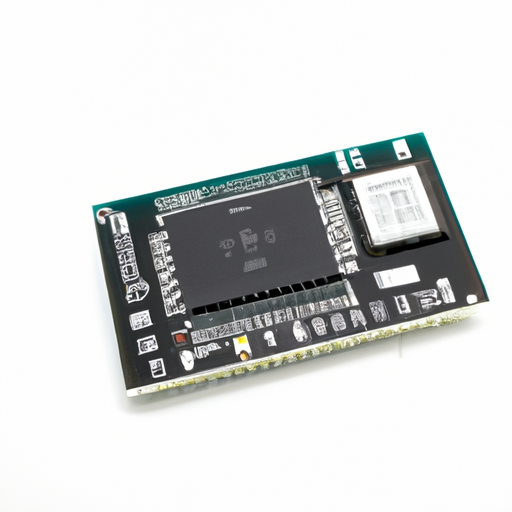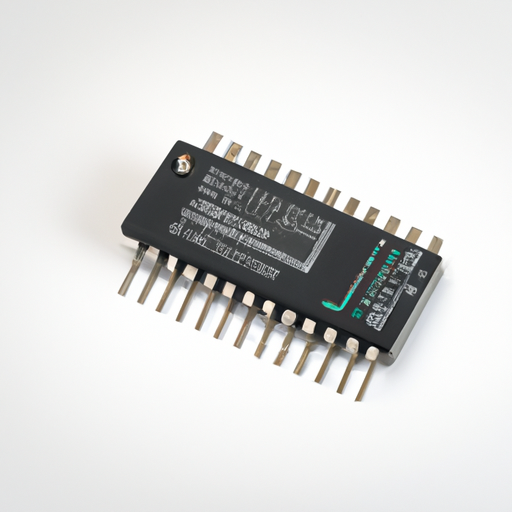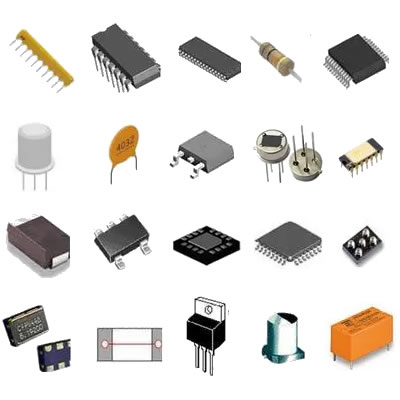The main functions of resistors and product training precautions
The Main Functions of Resistors and Product Training Precautions
I. Introduction
Resistors are fundamental components in electrical and electronic circuits, playing a crucial role in controlling current flow and voltage levels. They are passive devices that resist the flow of electric current, and their importance cannot be overstated. In this blog post, we will explore the various functions of resistors, their types, and the precautions necessary for effective product training. Understanding these aspects is essential for anyone working with electronic components, whether in design, assembly, or troubleshooting.
II. Understanding Resistors
A. What is a Resistor?
A resistor is a two-terminal electrical component that implements electrical resistance as a circuit element. The primary purpose of a resistor is to limit the flow of electric current in a circuit. Resistors come in various types, including fixed resistors, which have a constant resistance value, and variable resistors, such as potentiometers and rheostats, which allow for adjustable resistance.
B. How Resistors Work
The operation of resistors is governed by Ohm’s Law, which states that the current (I) flowing through a conductor between two points is directly proportional to the voltage (V) across the two points and inversely proportional to the resistance (R) of the conductor. This relationship can be expressed with the formula:
\[ I = \frac{V}{R} \]
This fundamental principle helps us understand how resistors control current flow in circuits. The resistance of a resistor determines how much current will flow for a given voltage, making it a critical component in circuit design.
III. Main Functions of Resistors
A. Current Limiting
One of the primary functions of resistors is current limiting. By adding a resistor in series with a component, we can protect sensitive devices from overcurrent conditions. For example, in LED circuits, resistors are used to limit the current flowing through the LED, preventing it from burning out. The value of the resistor is calculated based on the LED's forward voltage and the desired current, ensuring safe operation.
B. Voltage Division
Resistors are also used in voltage divider circuits to create reference voltages. By connecting two resistors in series, we can obtain a specific fraction of the input voltage across one of the resistors. This technique is commonly used in sensor circuits, where a specific voltage level is required for accurate readings. For instance, in a temperature sensor circuit, a voltage divider can provide a reference voltage that corresponds to the temperature being measured.
C. Signal Conditioning
In many applications, resistors play a vital role in signal conditioning. They can filter and smooth signals, removing unwanted noise and fluctuations. In amplifier circuits, resistors are used to set gain levels and stabilize the operation of the amplifier. By carefully selecting resistor values, engineers can design circuits that produce clean and reliable output signals.
D. Biasing Active Devices
Resistors are essential for biasing active devices such as transistors. Proper biasing ensures that transistors operate in their desired regions, whether in amplification or switching applications. For example, in a common-emitter amplifier configuration, resistors are used to set the DC operating point, allowing the transistor to amplify AC signals effectively.
E. Pull-Up and Pull-Down Resistors
In digital circuits, pull-up and pull-down resistors are used to ensure stable logic levels. A pull-up resistor connects a digital input to a high voltage level (usually Vcc), while a pull-down resistor connects it to ground. This configuration prevents floating inputs, which can lead to unpredictable behavior in digital systems. These resistors are commonly found in microcontroller applications, ensuring that inputs are at a defined logic level when not actively driven.
IV. Product Training Precautions
A. Understanding Resistor Specifications
When working with resistors, it is crucial to understand their specifications. Key parameters include power rating, tolerance, and temperature coefficient. The power rating indicates the maximum power a resistor can dissipate without overheating, while tolerance specifies the allowable deviation from the nominal resistance value. The temperature coefficient indicates how much the resistance value changes with temperature. Familiarity with these specifications helps prevent component failure and ensures reliable circuit performance.
B. Proper Handling and Storage
Proper handling and storage of resistors are essential to avoid damage. Resistors should be stored in a dry, static-free environment to prevent moisture absorption and electrostatic discharge. When handling resistors, it is important to avoid excessive force, which can lead to physical damage. Additionally, using appropriate tools, such as tweezers or ESD-safe gloves, can help protect sensitive components.
C. Installation Best Practices
When installing resistors in a circuit, following best practices is vital. Proper soldering techniques should be employed to ensure reliable connections. This includes using the right soldering temperature and avoiding prolonged heat exposure, which can damage the resistor. Additionally, ensuring that resistors are correctly oriented and securely mounted can prevent issues during operation.
D. Testing and Measurement
Testing and measuring resistors is an important aspect of product training. Using multimeters and oscilloscopes, technicians can verify resistor values and check for proper operation in circuits. Regular calibration of testing equipment is essential to ensure accurate measurements. Understanding how to interpret test results can help identify faulty components and prevent circuit failures.
E. Safety Precautions
Working with high-power resistors requires special safety precautions. High-power resistors can generate significant heat, so it is essential to ensure proper heat dissipation through adequate ventilation or heat sinks. Additionally, understanding circuit safety, including the use of fuses and circuit breakers, can help prevent accidents and equipment damage.
V. Conclusion
In summary, resistors are indispensable components in electrical and electronic circuits, serving various functions such as current limiting, voltage division, signal conditioning, biasing active devices, and ensuring stable logic levels. Understanding these functions is crucial for anyone involved in circuit design or troubleshooting.
Moreover, proper training and precautions are essential for working with resistors. By understanding resistor specifications, practicing safe handling and installation, and employing effective testing methods, individuals can ensure reliable circuit performance and prevent component failure. We encourage further learning and exploration in the field of electronics, as a deeper understanding of components like resistors can lead to more innovative and effective designs.
VI. References
A. Suggested Reading Materials
1. "The Art of Electronics" by Paul Horowitz and Winfield Hill
2. "Electronics for Dummies" by Cathleen Shamieh
B. Online Resources for Further Education
1. Electronics tutorials on websites like All About Circuits and Electronics-Tutorials
2. Online courses on platforms like Coursera and edX
C. Industry Standards and Guidelines
1. IPC standards for electronic assembly
2. IEEE standards for electronic components and systems
By following this guide, you can gain a comprehensive understanding of resistors and their critical role in electronic circuits, as well as the precautions necessary for effective product training.







